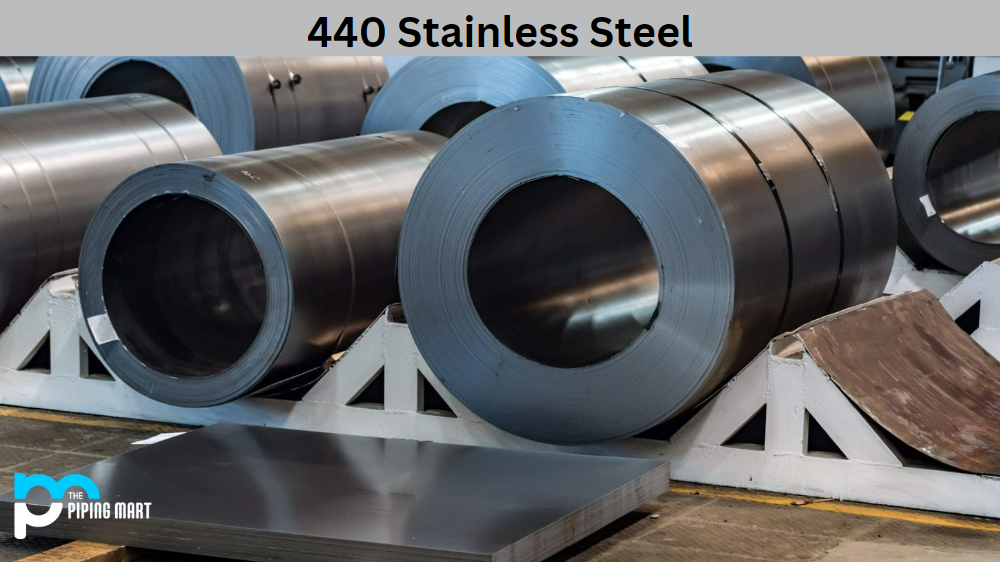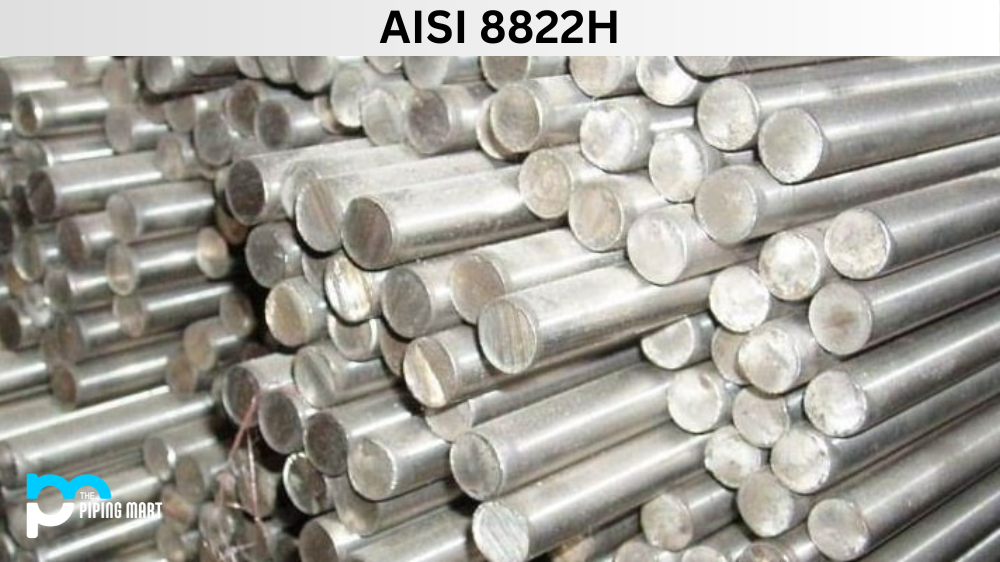Are you in the market for high-quality stainless steel material? If so, then look at most UNS S44000. This type of steel is an excellent choice for many applications thanks to its superior properties and impressive composition. Read on to learn more about the composition, physical properties, mechanical properties and uses of 440 stainless steel.
440 Stainless Steel Composition
UNS S44000 contains 16% chromium, which makes it highly resistant to corrosion. It also contains 0.6% carbon, 1.2% manganese and 0.05% sulfur, along with other trace elements. The combination of these elements makes 440 stainless steel one of the strongest materials you can find on the market today.
| Grade | C | Mn | Si | P | S | Cr | Mo | Ni | N | |
| 440A | min.
max. |
0.6
0.75 |
–
1 |
–
1 |
–
0.04 |
–
0.03 |
16
18 |
–
0.75 |
– | – |
| 440B | min.
max. |
0.75
0.95 |
–
1 |
–
1 |
–
0.04 |
–
0.03 |
16
18 |
–
0.75 |
– | – |
| 440C | min.
max. |
0.95
1.20 |
–
1 |
–
1 |
–
0.04 |
–
0.03 |
16
18 |
–
0.75 |
– | – |
440 Stainless Steel Mechanical Properties
The mechanical properties of 440 stainless steel make it an ideal choice for many industrial applications where durability and strength are key factors. This type of steel has a tensile strength of 75,000 psi and a yield strength of 55,000 psi, along with an elongation percentage of 17-20%. It also has a Hardness Rockwell C rating ranging from 28-44 HRC depending on its hardness level (Annealed or Heat Treated).
| Tempering Temperature (°C) | Tensile Strength (MPa) | Yield Strength 0.2% Proof (MPa) | Elongation (% in 50mm) | Hardness Rockwell (HR C) | Impact Charpy V (J) |
| Annealed* | 758 | 448 | 14 | 269HB max# | – |
| 204 | 2030 | 1900 | 4 | 59 | 9 |
| 260 | 1960 | 1830 | 4 | 57 | 9 |
| 316 | 1860 | 1740 | 4 | 56 | 9 |
| 371 | 1790 | 1660 | 4 | 56 | 9 |
440 Stainless Steel Physical Properties
This type of steel offers excellent physical properties as well. Its density is .288 lbs/in3 at 68°F (20°C), while its thermal conductivity is 14 BTU/ft2⋅h⋅°F (21 W/mK). Additionally, it has an electrical resistivity at 68°F (20°C) that ranges from 32–48 μΩ·m depending on its hardness level (Annealed or Heat Treated).
| Grade | Density (kg/m3) | Elastic Modulus (GPa) | Mean Coefficient of Thermal Expansion (μm/m/°C) | Thermal Conductivity (W/m.K) | Specific Heat 0-100°C (J/kg.K) |
Electrical Resistivity (nΩ.m) | |||
| 0-100°C | 0-200°C | 0-600°C | at 100°C | at 500°C | |||||
| 440A/B/C | 7650 | 200 | 10.1 | 10.3 | 11.7 | 24.2 | – | 460 | 600 |
440 Stainless Steel Uses
Due to its superior composition and excellent mechanical and physical properties, 440 stainless steel can be used in various applications such as medical instruments, cutlery products, valve components, automotive parts and more. It’s also frequently used in the food processing industry due to its non-corrosive nature, which helps prevent contamination from occurring during food preparation processes.
Conclusion
When you need a quality material that offers superior strength and durability, 440 stainless steel may be just what you need! With its impressive composition and excellent mechanical and physical properties, this type of steel can be used for many different purposes, including medical instruments, cutlery products, automotive parts and more! If you’re looking for an affordable yet reliable material solution, consider using 440 stainless steel for your next project!
Meet Heer, a dynamic and driven writer learning tricks of her trade in the metal industry. With a background in Digital Marketing, Heer brings a unique perspective to her writing, sharing valuable insights. Apart from blogging she like reading and hiking.




